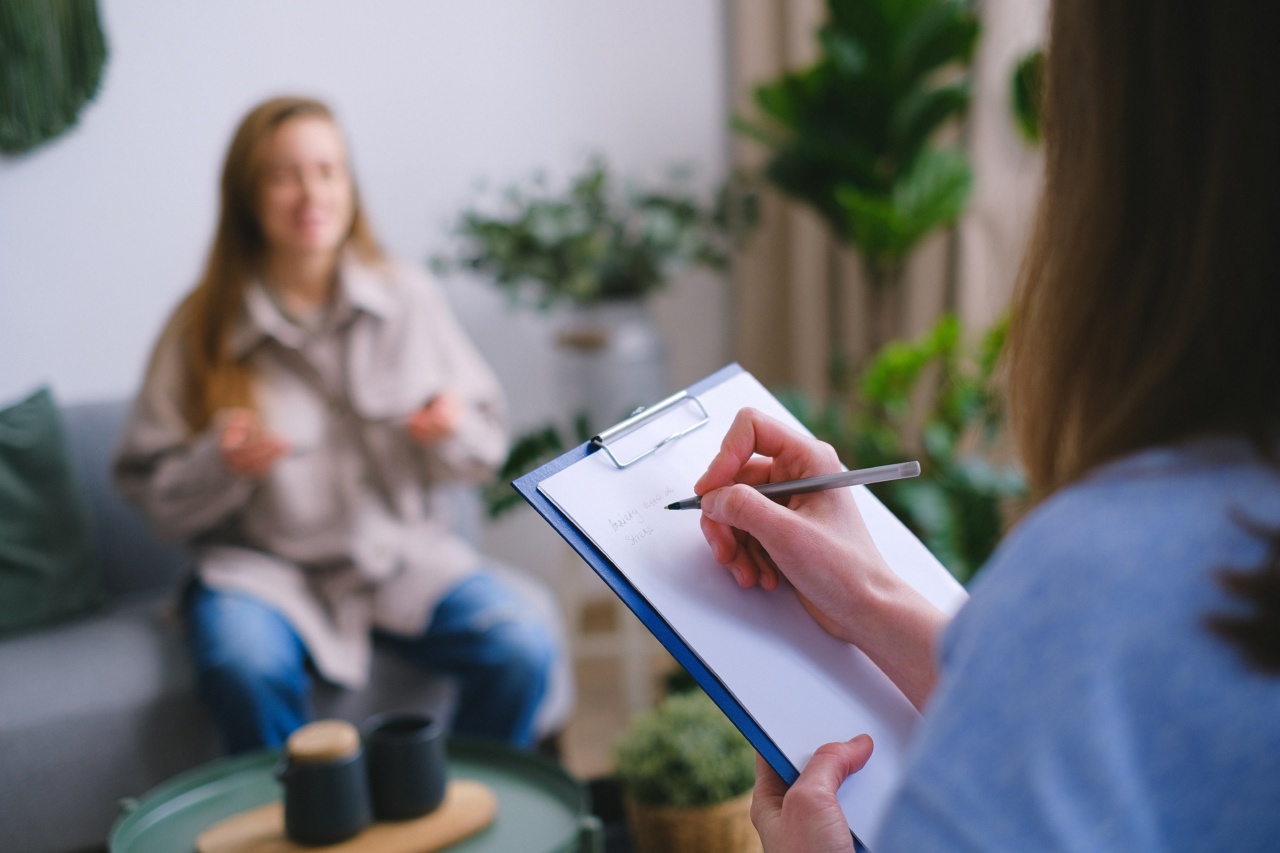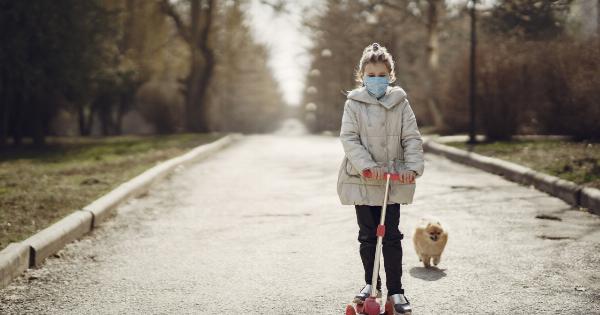Fireworks are a common occurrence during celebrations like Independence Day, New Year’s Eve, and other festive events. While they may be a source of excitement for many, they can be terrifying for dogs.
The loud noises and bright lights can trigger fear and anxiety in our furry friends, leading to stress and even potential harm. As responsible pet owners, it is important for us to know how to help our dogs cope with firework stress and provide them with the support they need during these challenging times.
1. Create a Safe and Comfortable Space
Dogs often seek out safe spaces during times of stress. Create a designated area in your home where your dog can retreat to when fireworks are expected. This could be a quiet room, a cozy crate, or a familiar den-like environment.
Ensure that the space is comfortable and accessible, with familiar bedding, toys, and a water source.
2. Use Soundproofing Techniques
Minimize the noise coming from outside by closing windows, doors, and curtains. This will help reduce the intensity of the sound and create a more peaceful atmosphere for your dog.
Play soothing music or turn on the television to create a distraction and mask the sound of the fireworks.
3. Provide a Sense of Security
During firework displays, stay with your dog and provide them with a sense of security. Your presence can be reassuring and help reduce their anxiety. Avoid scolding or punishing your dog for their anxious behavior as this can worsen their stress.
4. Distract and Engage
Engage your dog in activities that can divert their attention from the fireworks. Play their favorite games or give them a new toy or treat-filled puzzle to keep their mind occupied. Mental stimulation can help redirect their focus and alleviate stress.
5. Desensitization Training
Gradual exposure to fireworks sounds in a controlled environment can help desensitize your dog. There are specific CDs or online resources available that simulate firework sounds.
Start with low volume and gradually increase it over time, pairing the sounds with positive experiences like treats or play. This can help your dog become more accustomed to the noises and reduce their fear response.
6. Consult with a Veterinarian
If your dog’s firework stress is severe or causing significant distress, consult with your veterinarian. They may recommend anxiety-reducing medications or other therapeutic interventions to help your dog cope during firework events.
It’s essential to seek professional advice to ensure the well-being of your furry friend.
7. Stay Calm and Positive
During firework displays, it is crucial to remain calm and composed yourself. Dogs can sense our emotions, and if they perceive us as anxious or distressed, it can heighten their own anxiety.
Stay positive, use a soothing tone of voice, and reward calm behavior with treats or gentle praise.
8. Consider Natural Remedies
There are various natural remedies that can help reduce anxiety in dogs. These include herbal supplements, such as chamomile or lavender, which can have a calming effect.
Consult with your veterinarian before trying any natural remedies to ensure their safety and effectiveness for your specific dog.
9. Microchip and ID Tags
Fireworks can sometimes startle dogs, causing them to flee in fear. Ensure your dog has a microchip implanted and wears a collar with updated ID tags.
In the unfortunate event that they escape during firework displays, this will increase the chances of them being safely returned to you.
10. Gradual Exposure to Fireworks
If possible, gradually expose your dog to fireworks displays in a controlled and safe manner. Attend a distance where the noise and lights are less intense and observe your dog’s response.
Over time, you can gradually move closer, always prioritizing your dog’s comfort and well-being.






























